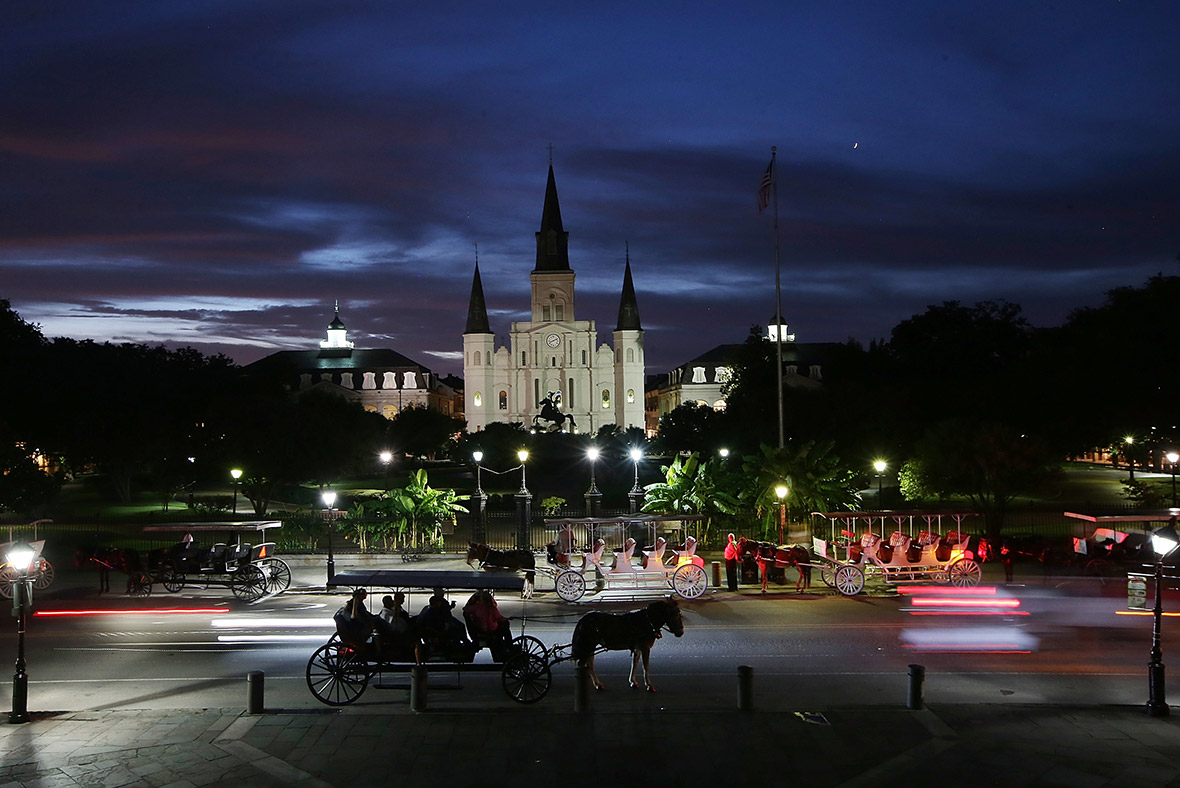New Orleans 10 years after Hurricane Katrina: Uneven recovery in tale of two cities
On the surface, New Orleans seems to have rebounded in the decade since Hurricane Katrina. The French Quarter is filled with tourists, construction cranes tower over the skyline, and city leaders boast of a revived economy. But the 'new' New Orleans is whiter and more expensive to live in.



has been uneven in the city that took the brunt of the storm in 2005. Many properties still bear physical scars from the hurricane, particularly in poorer African-American areas.
In the Lower Ninth Ward, just a 10-minute drive from the bustling jazz clubs and bars of New Orleans' historic downtown, abandoned houses sit on overgrown plots.




Only 34% of residents of the mostly black Lower Ninth Ward have returned since Hurricane Katrina. The population of New Orleans is now about 385,000, representing about 80% of its pre-Katrina population, according to US Census figures. Before the hurricane, African-Americans comprised 67% of the population. By 2014, that had dropped to 60%.

Hurricane Katrina struck New Orleans on 29 August 2005, bringing with it a storm surge that overwhelmed flood protection systems protecting the city. Soon after, Hurricane Rita hit the region, further complicating recovery efforts.
Hurricane Katrina was ultimately responsible for 1,833 deaths and damage estimated at $151bn (£96bn), including $75 billion in the New Orleans area and along the Mississippi coast, according to the United States Census Bureau.

Ten years after Hurricane Katrina ravaged the Gulf Coast, New Orleans has been fortified by a new $14.5bn flood protection system. The Greater New Orleans Hurricane and Storm Damage Risk Reduction System is designed to mitigate storm surge before it enters the city's borders.
Flood walls help block water incoming from Lake Borgne and Lake Pontchartrain before it reaches drainage canals within the city. Levees are reinforced. Flood walls on those levees are stronger and embedded deeper. Massive pumping stations now help push water out of the city during major storms.


Outside of the city, efforts have lagged to protect small towns and villages that are losing land every year to erosion, and as that land buffer disappears, New Orleans becomes more vulnerable. Scientists say Katrina was especially destructive because of the disappearance of all the buffer land, which helped keep a deadly hurricane that hit a century ago from flooding New Orleans.
In the past century, more than 1,880 square miles of Louisiana land has turned into open water. An average 17 square miles disappear annually, according to the US Geological Survey. Katrina itself caused about 190 square miles of land erosion in just days, the loss of an area bigger than New Orleans itself.
Barrier island chains, lighthouses, bridges, roads, schools and entire towns have been washed away. Since Katrina, Louisiana has established new agencies focused on coastal restoration, launched pilot projects to reclaim open water by pumping in mud and developed a 50-year, $50bn master plan to reverse land loss. None of it has worked so far.






More about Hurricane Katrina
© Copyright IBTimes 2024. All rights reserved.






